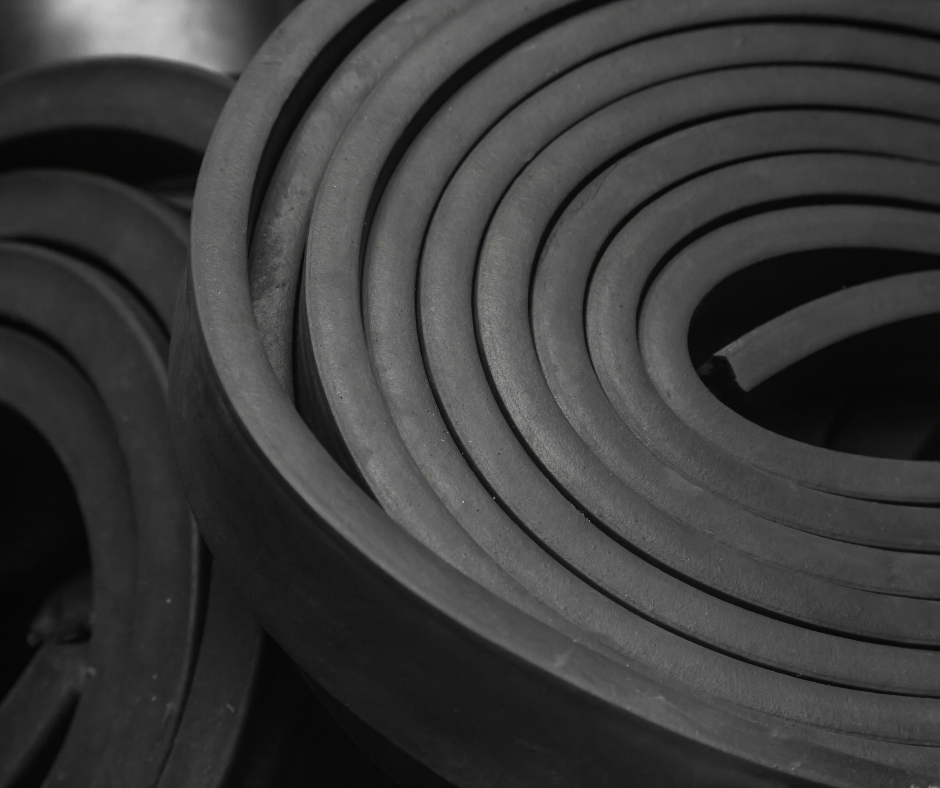Wondering how to attach rubber stair treads to your stairs?
Installing rubber stair threads is like adding a sturdy handrail for your feet, keeping every step safe and secure.
If you’ve got carpet stair treads already in place, swapping them out for rubber treads can be a simple and effective way to update your stairs while maintaining comfort.
Whether you're working with wood, concrete, or another material, we'll walk you through the steps to make the process easy.
Preparing Your Stairs for Rubber Treads
Before you dive into the installation, it’s vital to prepare your stairs properly.
Picture this as laying the foundation before building a house—it makes everything that comes after much easier.
Cleaning and Prepping the Surface
Remove Old Treads or Carpet
Start by taking off any old carpet stair treads or rubber treads, along with the old adhesive.
This gives you a clean slate.
Give It a Good Clean
Sweep away dirt, dust, and debris so your new treads can stick firmly.
Smooth the Stairs
Sand down rough spots, and if there are any gaps or holes, fill them in with wood filler.
A smooth surface is key to a strong bond.
How to Attach Rubber Stair Treads: Your Simple Guide
Once your stairs are ready, attaching rubber stair treads is like setting the pieces of a puzzle in place.
Step 1: Pick the Right Adhesive
Choosing the right adhesive is the glue that holds everything together—literally.
What Adhesive is Used for Rubber Stairs?
A high-quality, solvent-based contact adhesive is your go-to for rubber stair treads.
This type of adhesive sticks like a magnet, holding up under all the traffic your stairs will see.
Step 2: Position the Rubber Treads
Now that your stairs are prepped and ready, it’s time to put those rubber treads in place.
Start with the Nose: Line up the front edge of the tread with the nose (or front) of the stair.
This helps anchor it in place.
Press Down Firmly: Once aligned, press the tread down from front to back, smoothing it out as you go.
Smooth It Out: Use a roller or your hands to get rid of any air bubbles or wrinkles.
Think of it like smoothing out a blanket—every corner should be flat.
Step 3: Securing the Treads
After you’ve got the treads positioned, you might wonder if there’s anything more to do.
Do You Glue or Nail Stair Treads?
For rubber stair treads, glue alone is often enough to keep them in place.
Nails or screws can be added for extra security, but they might take away from the clean, finished look, and may even tear the treads.
Making Sure Your Stair Treads Stick
The best way to get stair treads to stick well is by using the right adhesive and technique.
Apply steady pressure after placing them, and let the adhesive dry completely before anyone uses the stairs.
Avoid heavy traffic on the stairs until the adhesive has fully set.
Cost to Install Rubber Stair Treads
Thinking about the cost to install rubber stair treads?
It can vary, especially if you’re considering doing it yourself or bringing in a pro.
DIY Installation
Doing it yourself is budget-friendly—you’ll only pay for materials like the treads and adhesive.
Professional Installation
Hiring a professional might cost more, but it can save you time and make sure everything’s done right.
Expect to pay between $150 to $300, for labor, depending on the job.
How to Clean Rubber Stair Treads
Keeping your rubber stair treads clean is as easy as a regular sweep and mop.
Simple Cleaning Tips
Sweep Often: Regular sweeping keeps dirt and dust from building up.
Mop with Mild Soap: For a deeper clean, use a damp mop with mild soap and water.
Just be sure to dry them off afterward to keep them in top shape.
Avoiding Damage
Gentle Soaps Only: Stick to gentle, non-abrasive cleaners to avoid damaging the rubber.
Dry Them Well: After cleaning, dry the treads to prevent slipping or moisture damage.
Steps to Success
Attaching rubber stair treads doesn’t have to be a tough job.
By prepping your stairs, choosing the right adhesive, and taking your time to position everything just right, you’ll have a safer, sturdier staircase in no time.
With regular cleaning and care, those treads will keep your steps safe for years to come.




